Intermediates
Gallantry and accessories
Blog Piekiełka
Importance of jewelry to Inca culture in Peru
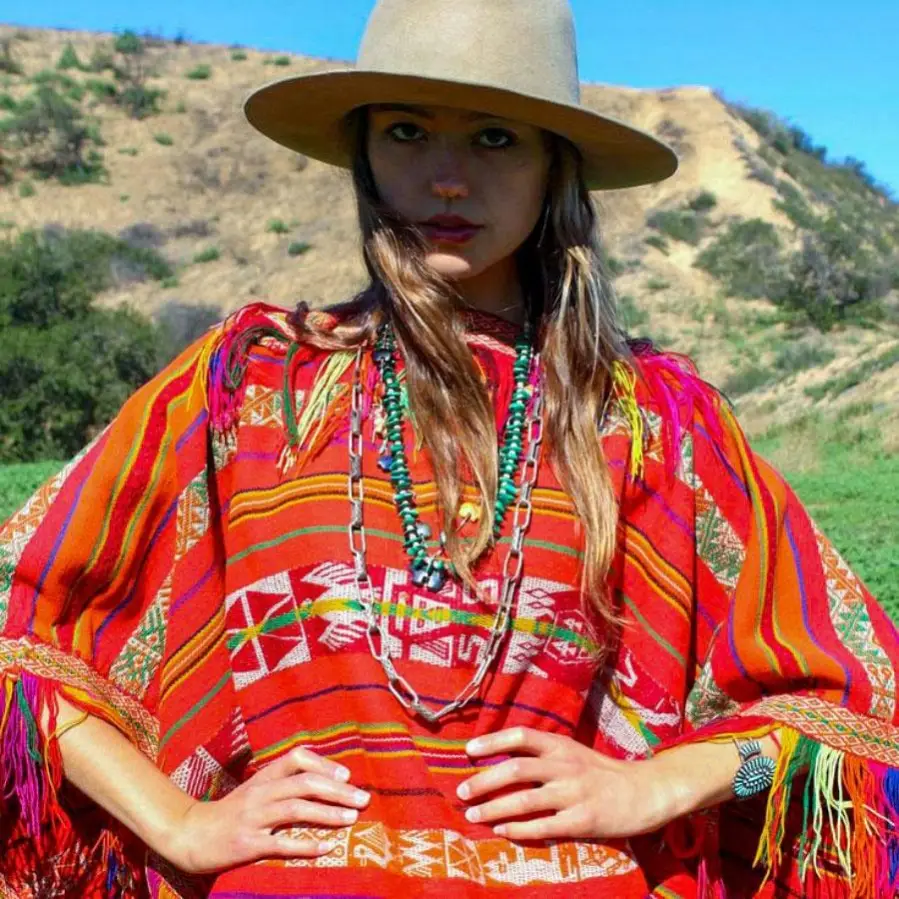
The Incas of the area now known as the country of Peru were skilled craftsmen who made jewelry, masks, pottery and various other ornaments. Archaeologists over the years have uncovered examples of their intricate work, which have provided insight into the lives of these ancient people and their incredible culture. The jewelry in particular was varied and detailed, and was truly influenced by many factors.
Types of Inca jewelry
The Incas created and decorated many items to wear as jewelry. Crowns, sandals, bracelets, earrings, nose rings, necklaces and even breast aprons served as jewelry in their culture. Each craftsman used different materials to create it - these materials, in turn, testified to many important things in the culture. Such as, for example, such as... the social status of the owner of a particular piece of jewelry.
Materials the Incas used
Blacksmithing was a skill inherited from civilizations before the time of the Incas. The Ichmas and Chimus tribes produced earrings, bracelets, necklaces, rings, ritual Tumis and ceremonial artifacts. Highly skilled goldsmiths worked for the elite in Peru. Indeed, at the time of the Inca Empire, gold was the most valuable metal, used to make artifacts and jewelry. The Incas believed that "gold shone like the sun" - and therefore, to honor their main god (Inti) they wore it and decorated temples with it as well. Ethnic earrings and necklaces were embroidered from... very heavy pieces of gold. Due to their rather powerful weight, they sometimes stretched over the ears of those wearing them. Of course, the heavier the earring, the... better. Why? Well, elongated earlobes signified high status or nobility in society.
The ancient Incas also made jewelry mainly using llama skin and braided fibers. Artisans in Peru, however, used most gold, gemstones, seeds called "Huayruro," feathers and even the well-known holiday bracelets... shells to decorate jewelry. A well-known piece of Inca jewelry was also a gold nose ring - wealthy Incas wore it during religious ceremonies and special occasions. They attached such a ring to the nose with special pressure, without piercing the nose.
Jewelry of Peruvian warriors
Shin guards were an exclusive part of the armor of Inca warriors, which was decorated with jewelry. Lower-class warriors wore shin guards decorated with copper, while those in the higher classes wore, of course... gold. Chest aprons tied together protected the warrior during battle - while also being a kind of rather ethnic body adornment.
Social class vs. jewelry
Inca royalty and government officials wore jewelry on a daily basis. Those representing lower social statuses, on the other hand, wore jewelry mainly during religious events and festivals. It was also forbidden in Peru for "non-Indians" to wear jewelry to those people who were not associated with the region. Gold used to represent proximity to the Inca god, not a sign of wealth (as is commonly recognized). The more gold a tribe's inhabitant wore, the closer or more blessed he was by the god and the higher class he represented. Since the natives of Peru believed that the Inca king was the son of God, he was the one believed to have worn the most gold of all.
The social position of the highest social class was determined not only by jewelry, but also by dress or crown. When such a "high-class" person died, he or she took with him or her the items that supposedly expressed the way he or she looked at the world. A high-class persona was buried with ritual attire and, of course, jewelry, which best defined the person's rank while alive - and which further testified to being a "descendant of a god." The identity of such people thus transcended their earthly existence and accompanied them into the next world as well. After death, the high-ranking (of rank) were transformed into ancestors - those who shared a place in the heavenly world together with the gods. How much truth was there in this? Well, we'll probably never know.
Inca jewelry today
Some of the materials, such as Huayruro seed jewelry, Mate calabash jewelry and Spondylus shell jewelry used to be passed down from generation to generation. Today, this tradition has somewhat... faded away. Thus, jewelry using chaff, bamboo, shells, stones, wood, tagua and various other organic materials is part of a new approach to the Peruvian art of making ornaments for the wrists, ears and neck.
As the Inca kingdom developed, the rules for wearing jewelry became less uniform. When the Chimu culture of today's Trujillo city, for example, became part of the Inca empire, they continued to wear gold jewelry. Nowadays, it is increasingly difficult to find genuine Peruvian jewelry. However, the trend of jewelry inspired by the ancient Inca tribes is still growing, but getting it is already... very hard!
Ethnic Jewelry
-

Pakistani ring with stone
61,0057,95 -
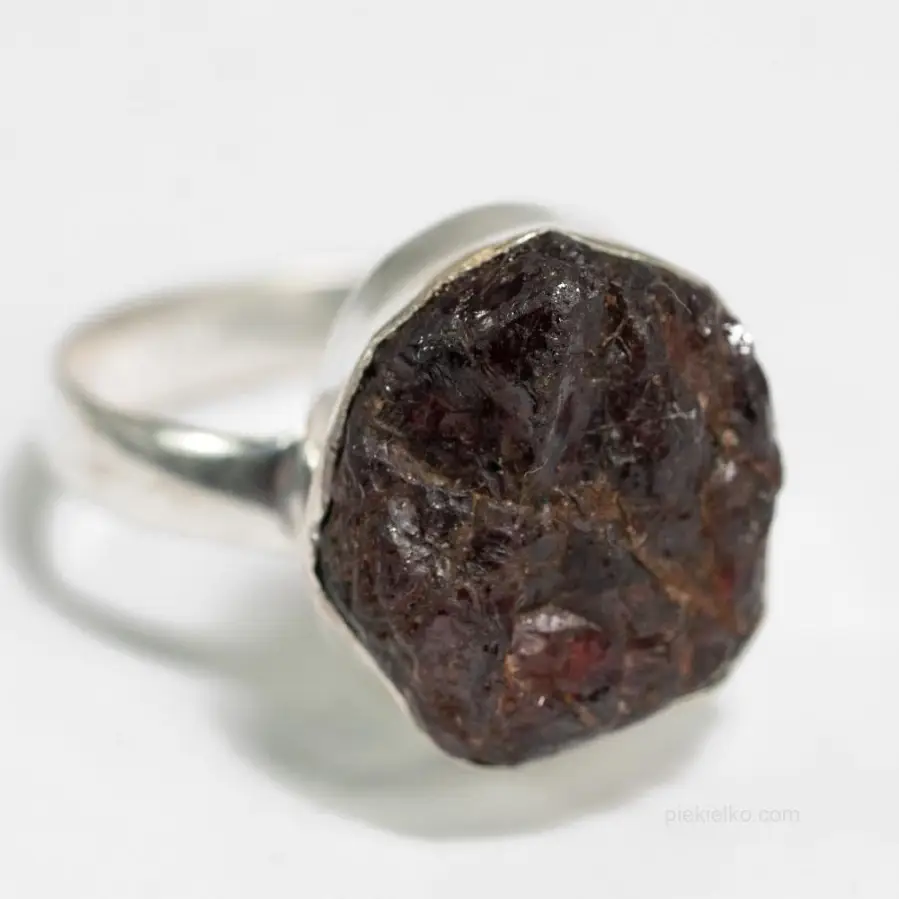
Black tourmaline ring
175,0099,75 -

Tibetan adjustable ring
118,00112,10 -

Prehnite ring
145,00137,75 -
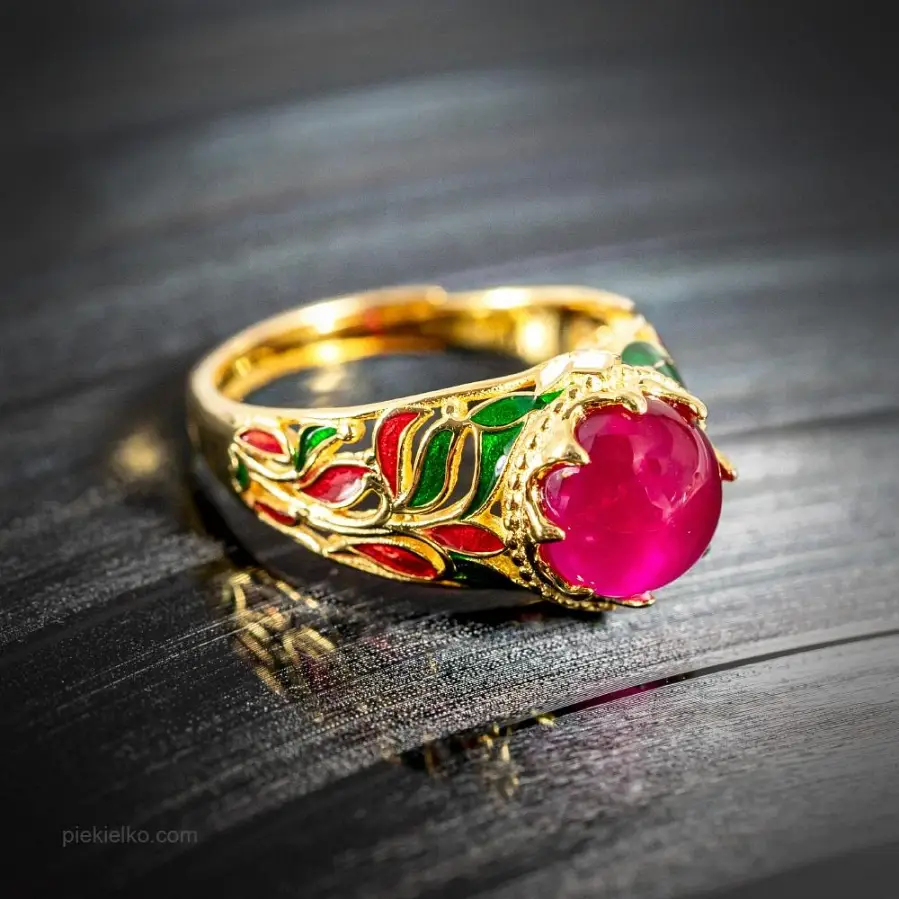
Thai ruby ring
399,00360,10 -
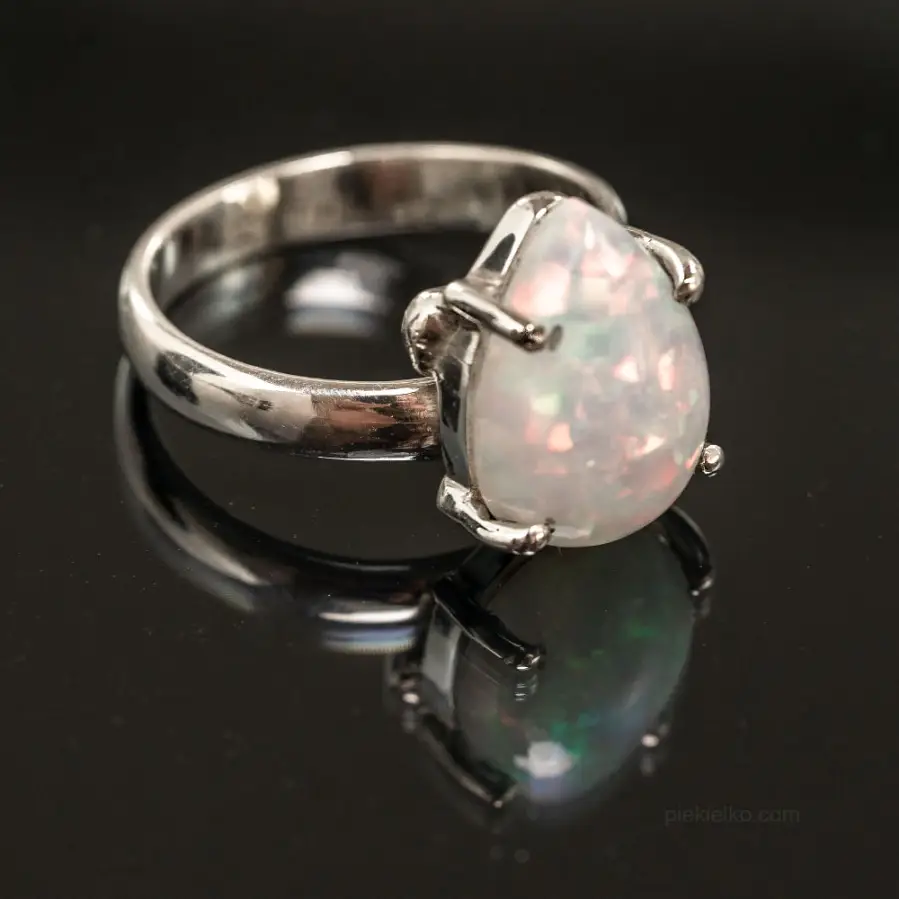
White opal, a natural gemstone
500,00451,25 -
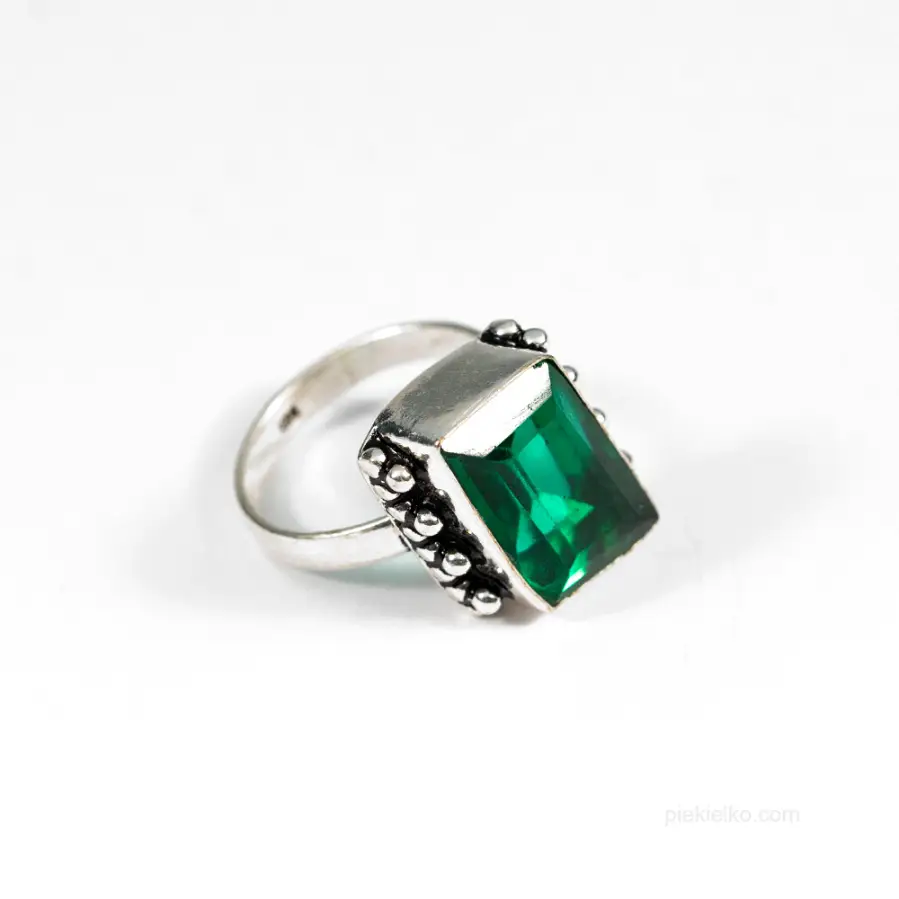
Ring with cut diopside
120,00114,00 -
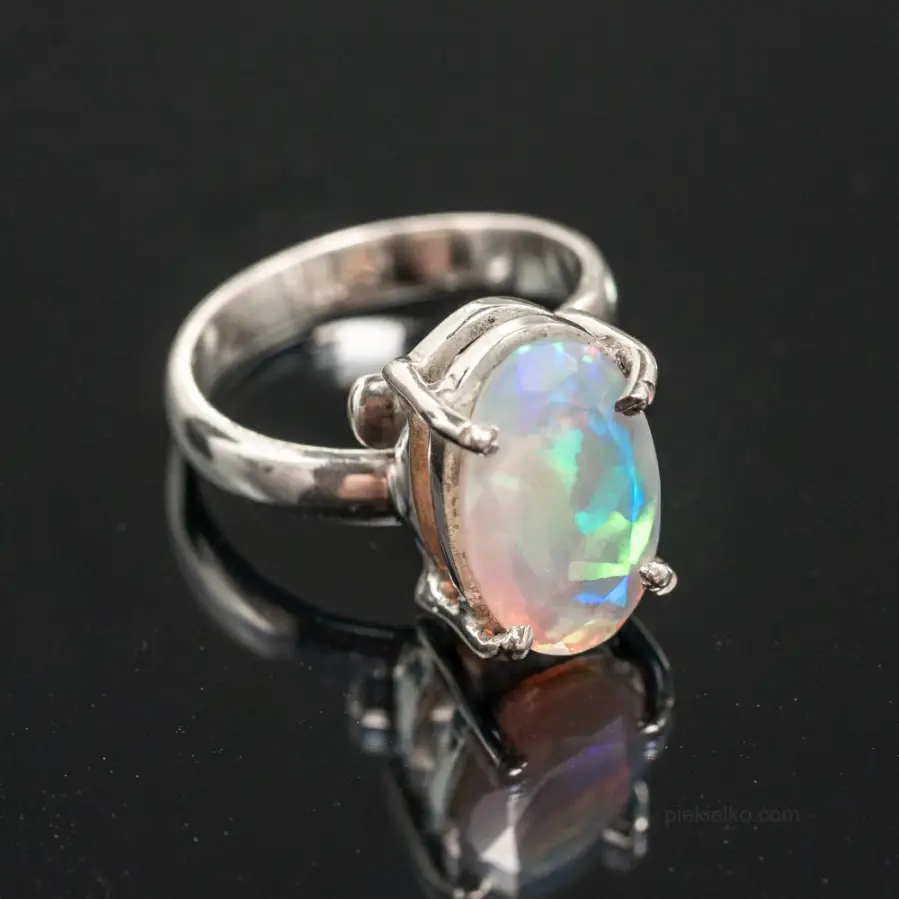
African Glow - Opal Ring
530,00478,33 -

Big ring with moonstones
560,00505,40 -
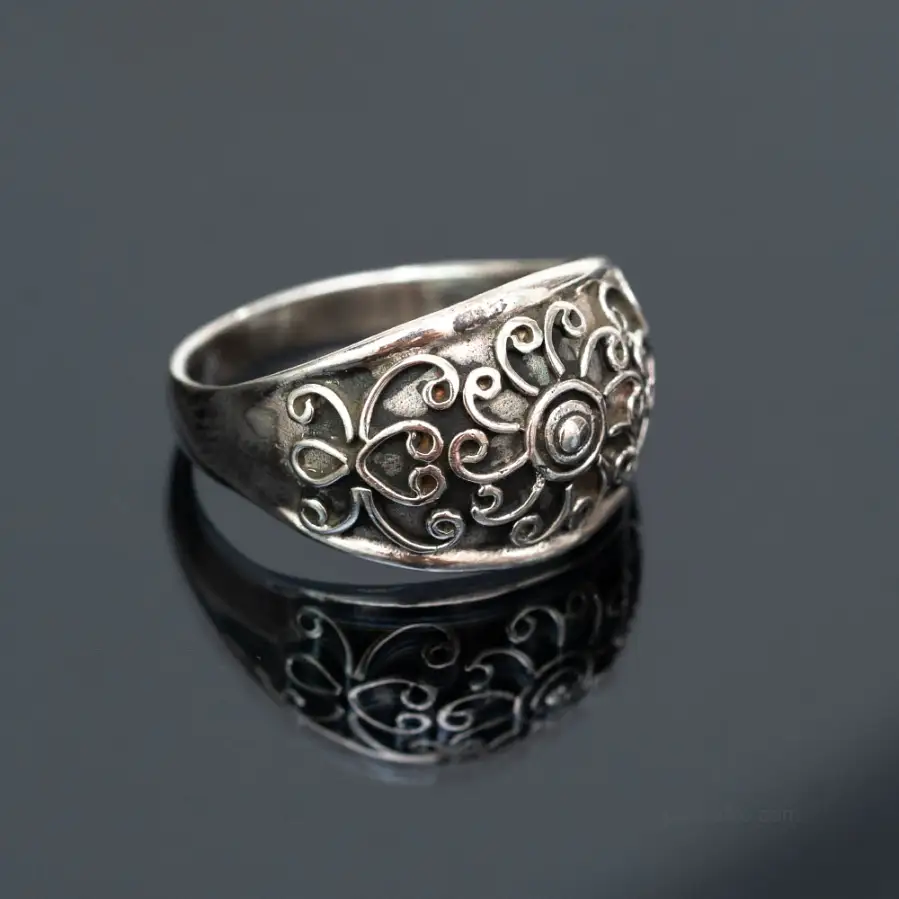
Silver Indian ring with patterns
290,00261,73 -
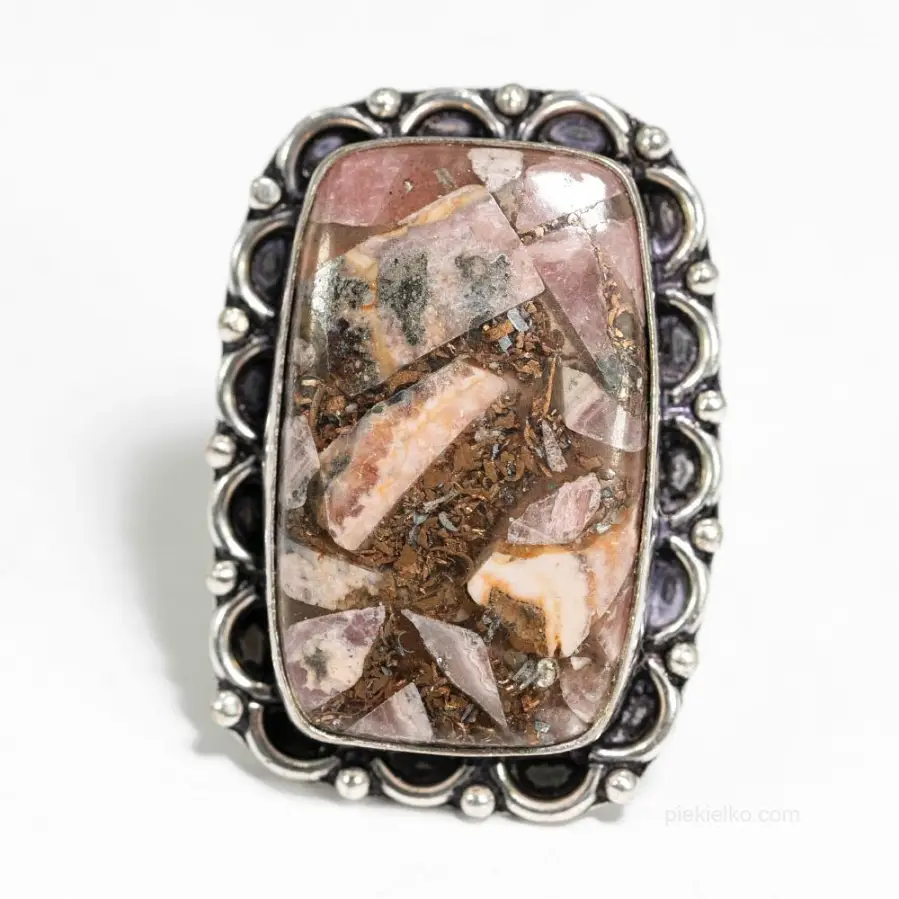
Rhodochrosite ring
129,0073,53 -

Silver-plated larimar ring – elegance by nature
260,00247,00 -
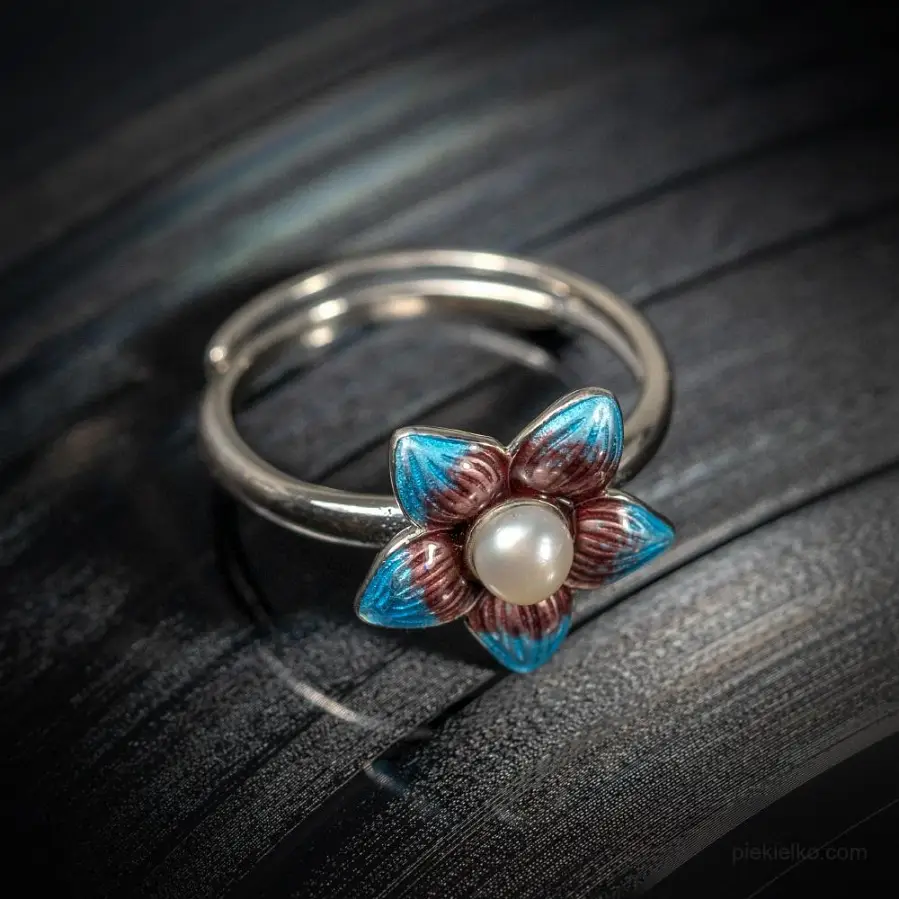
Miao adjustable ring
317,00286,09 -

Adjustable garnet ring
166,0094,62 -
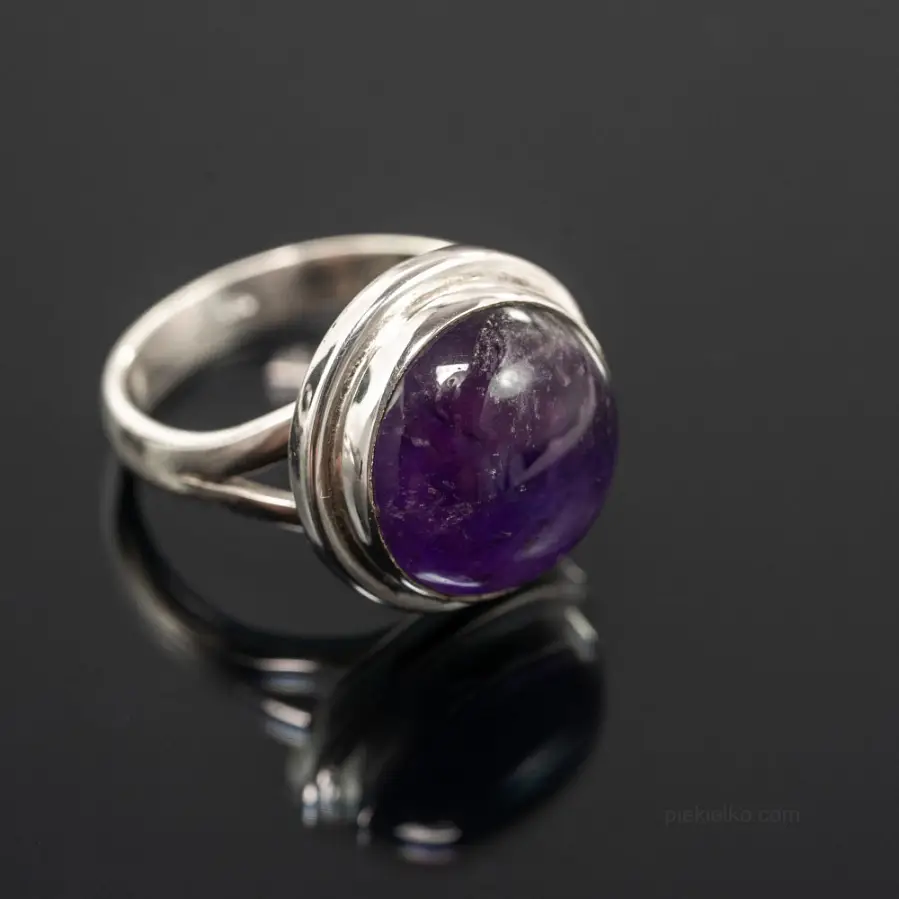
Purple Touch - Unique Ring
340,00306,85 -
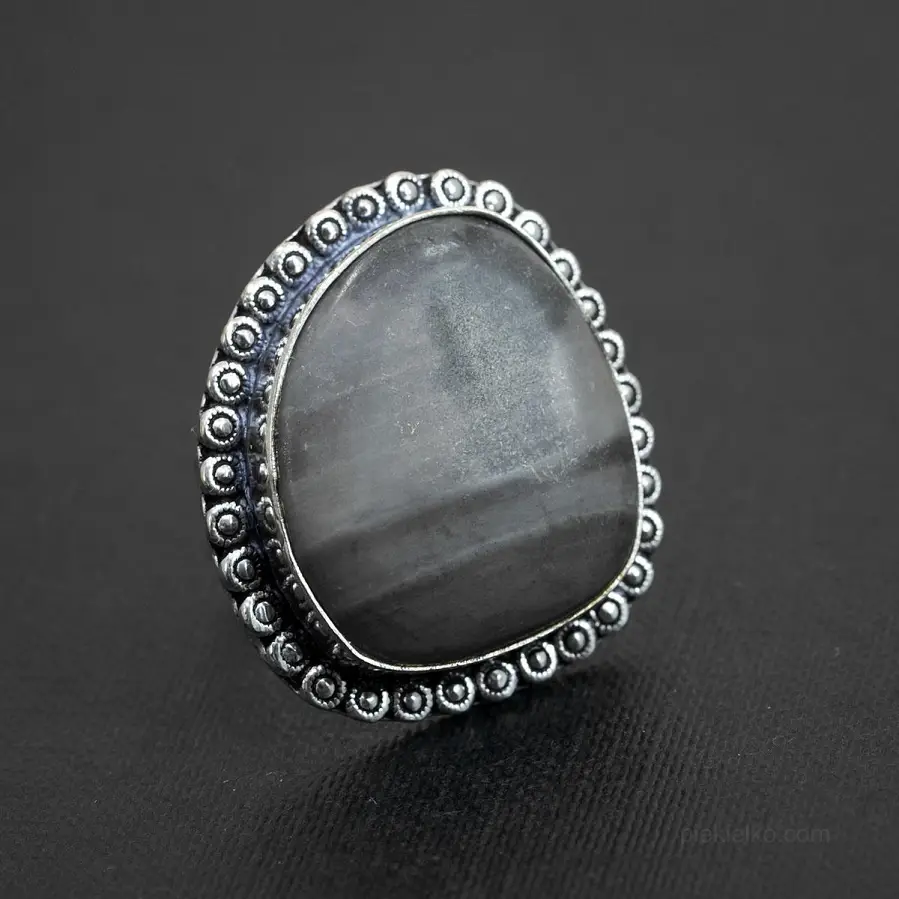
Ring with black jasper
175,0099,75 -
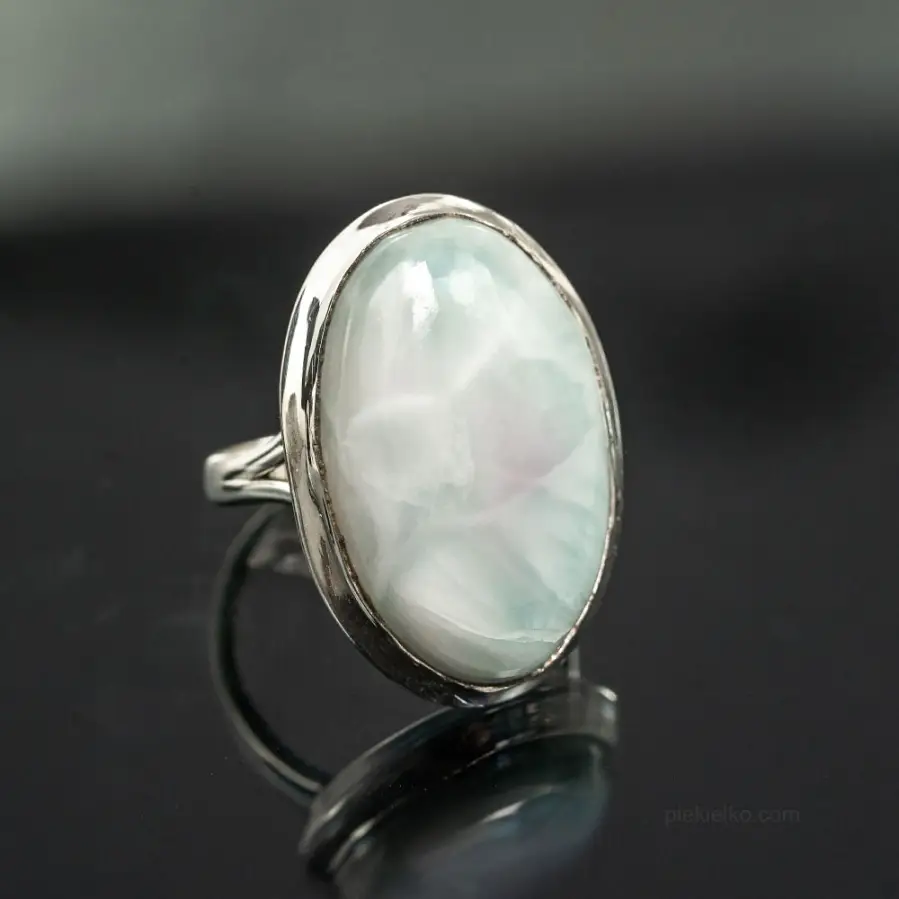
Silver larimar ring from the Dominican Republic
310,00279,78 -
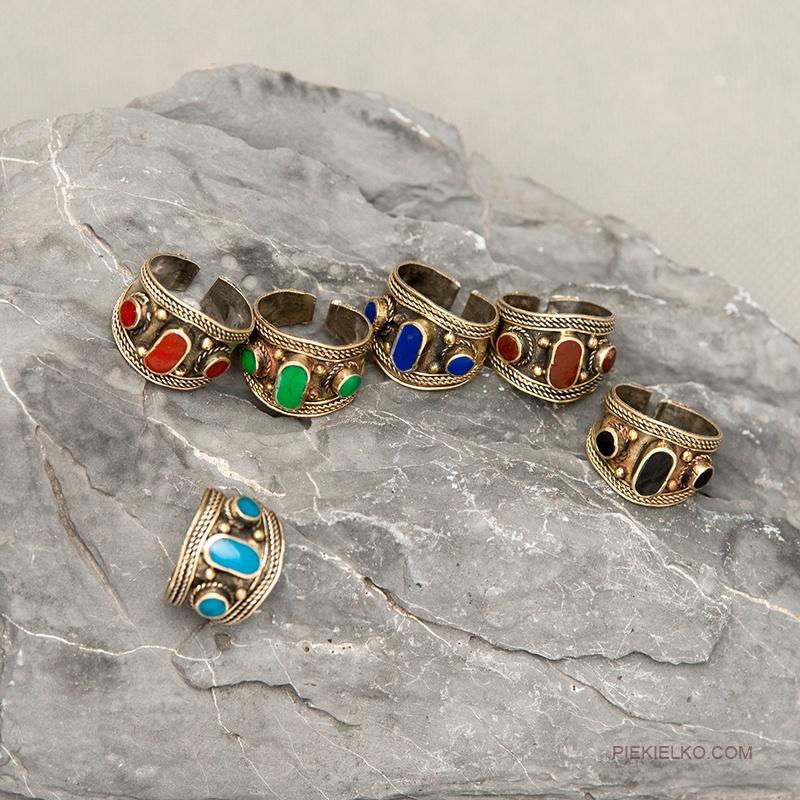
Kuchi wedding ring - brown
34,0019,38 -
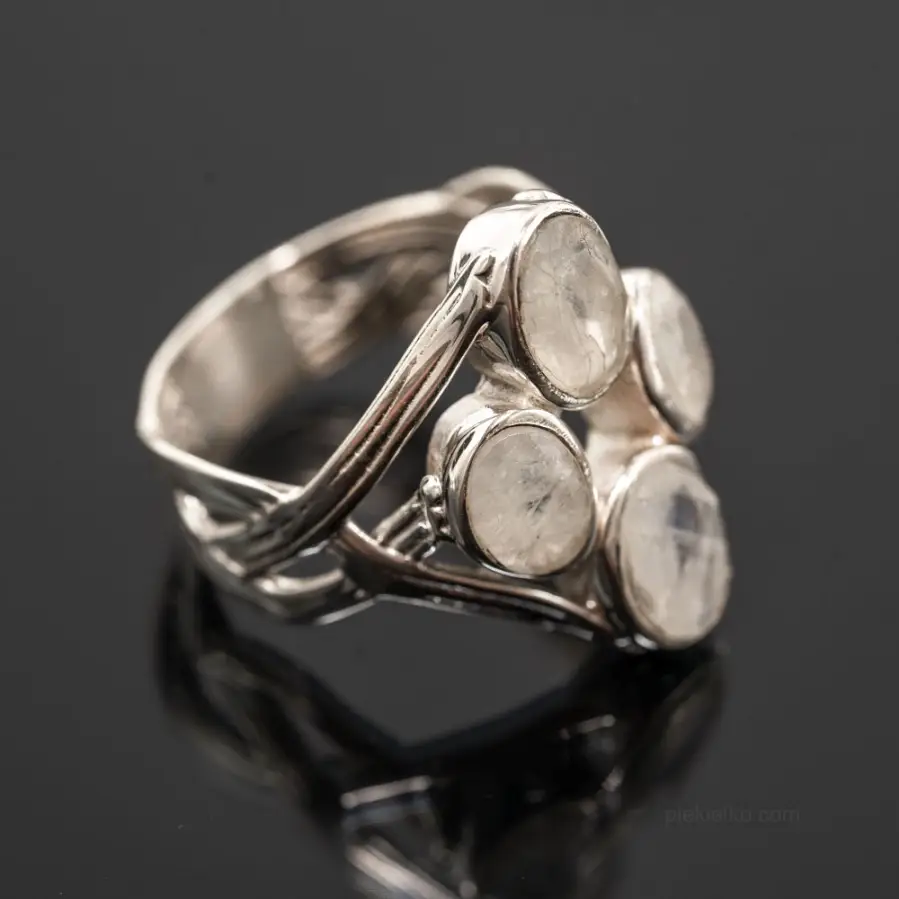
The Gentle Glow of the Lunar Mystery
370,00333,93 -

Gabri glass ring
98,0093,10



© Piekielko.com

